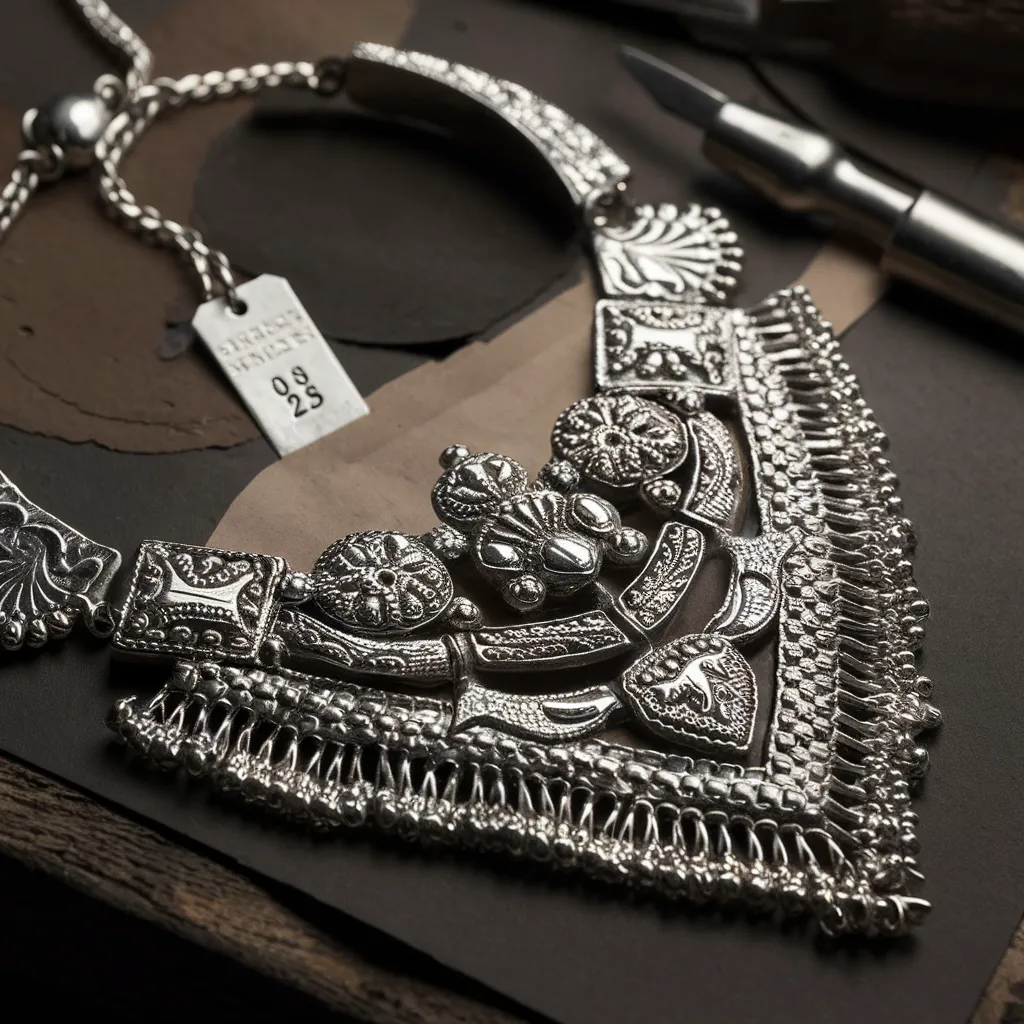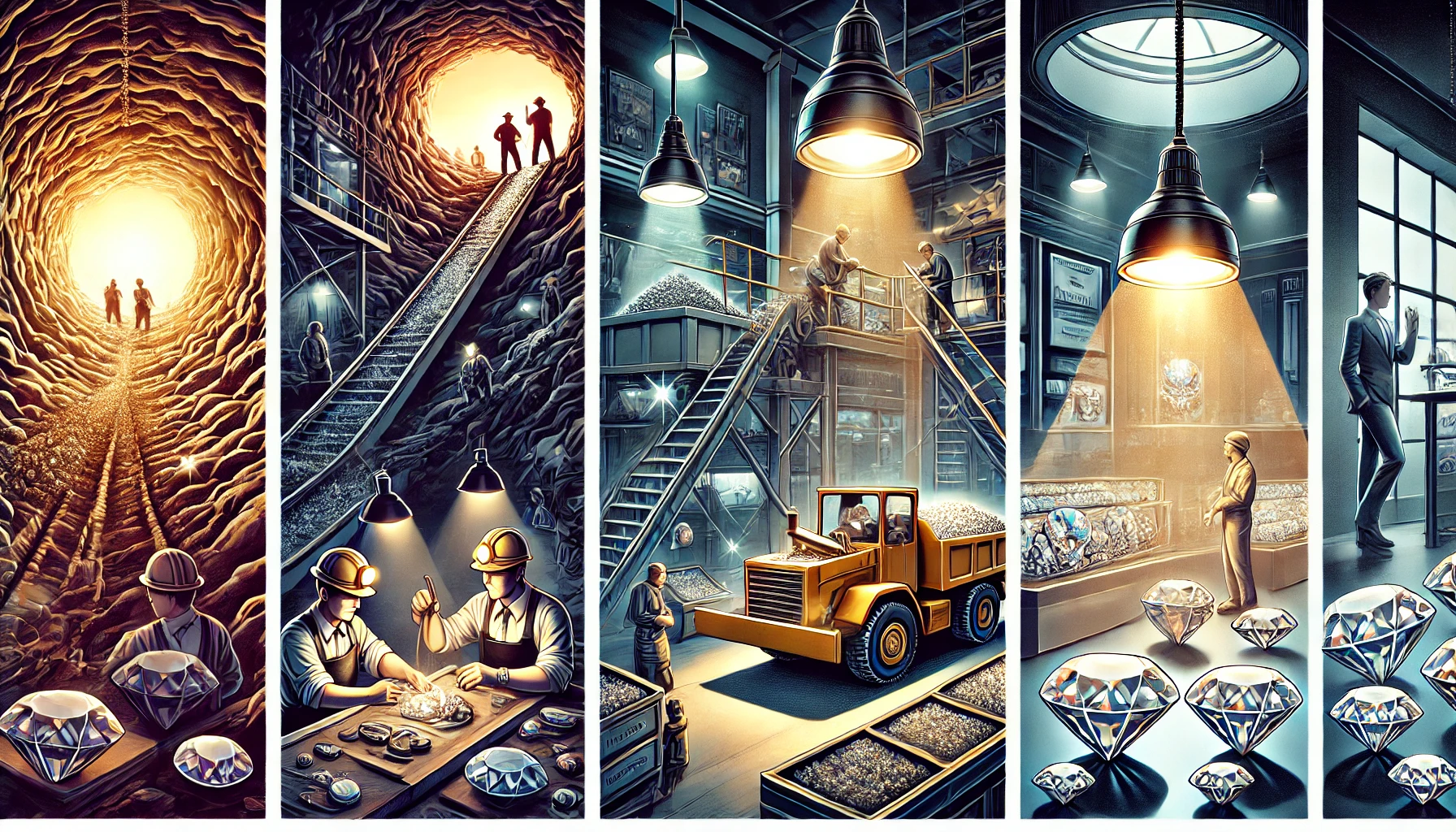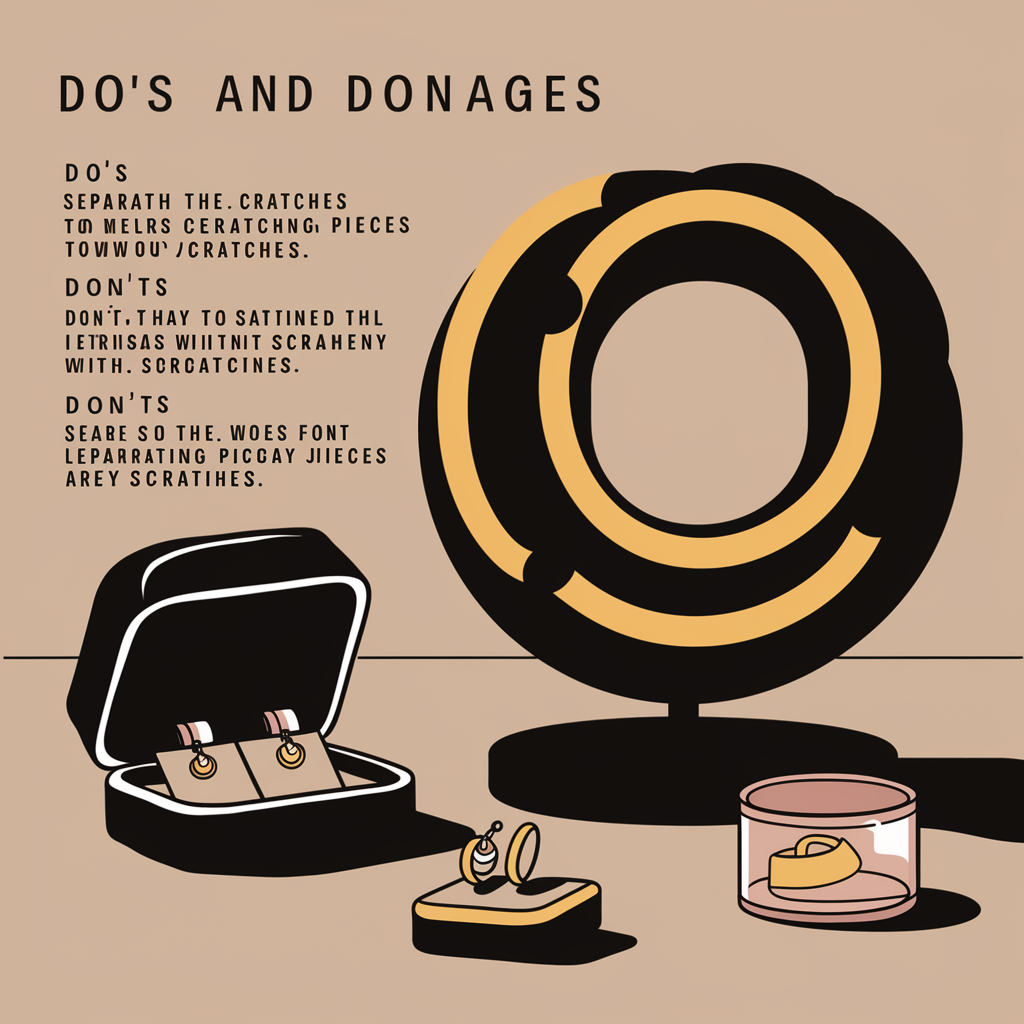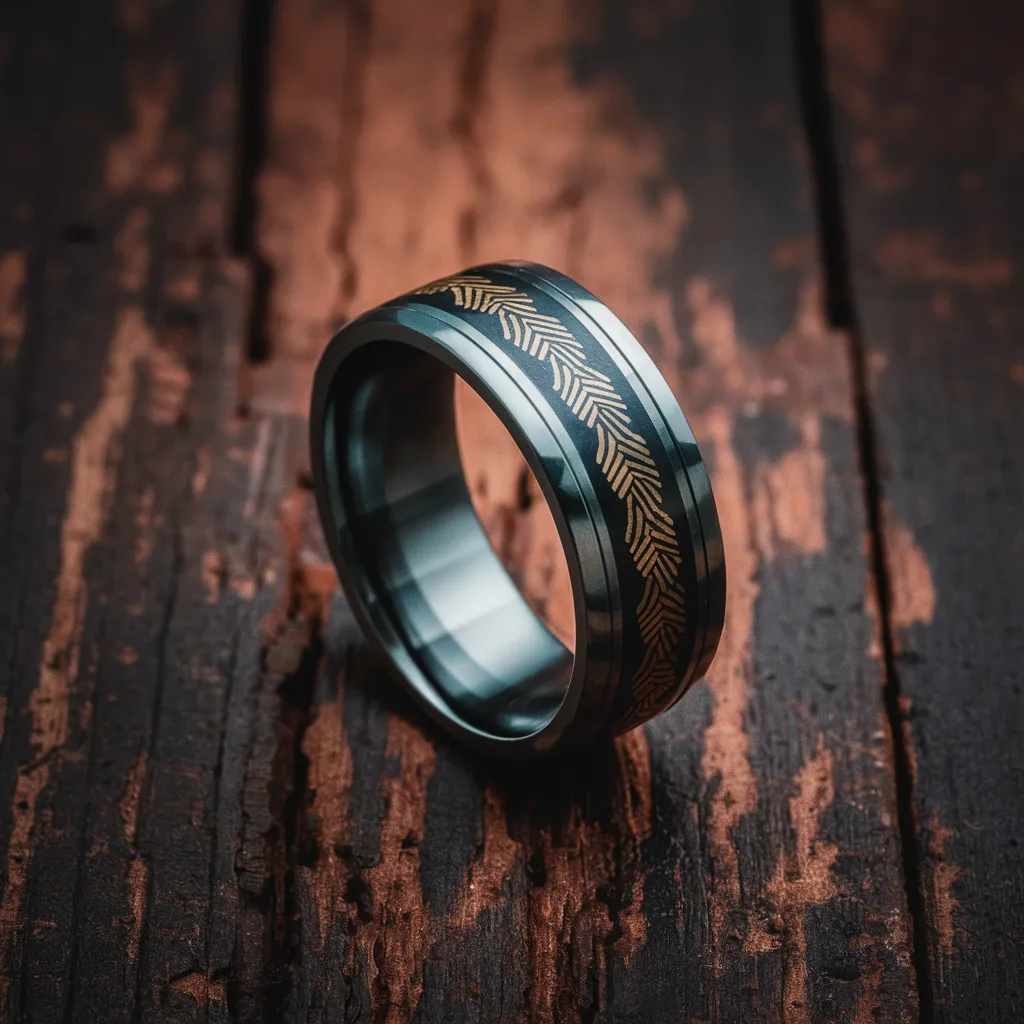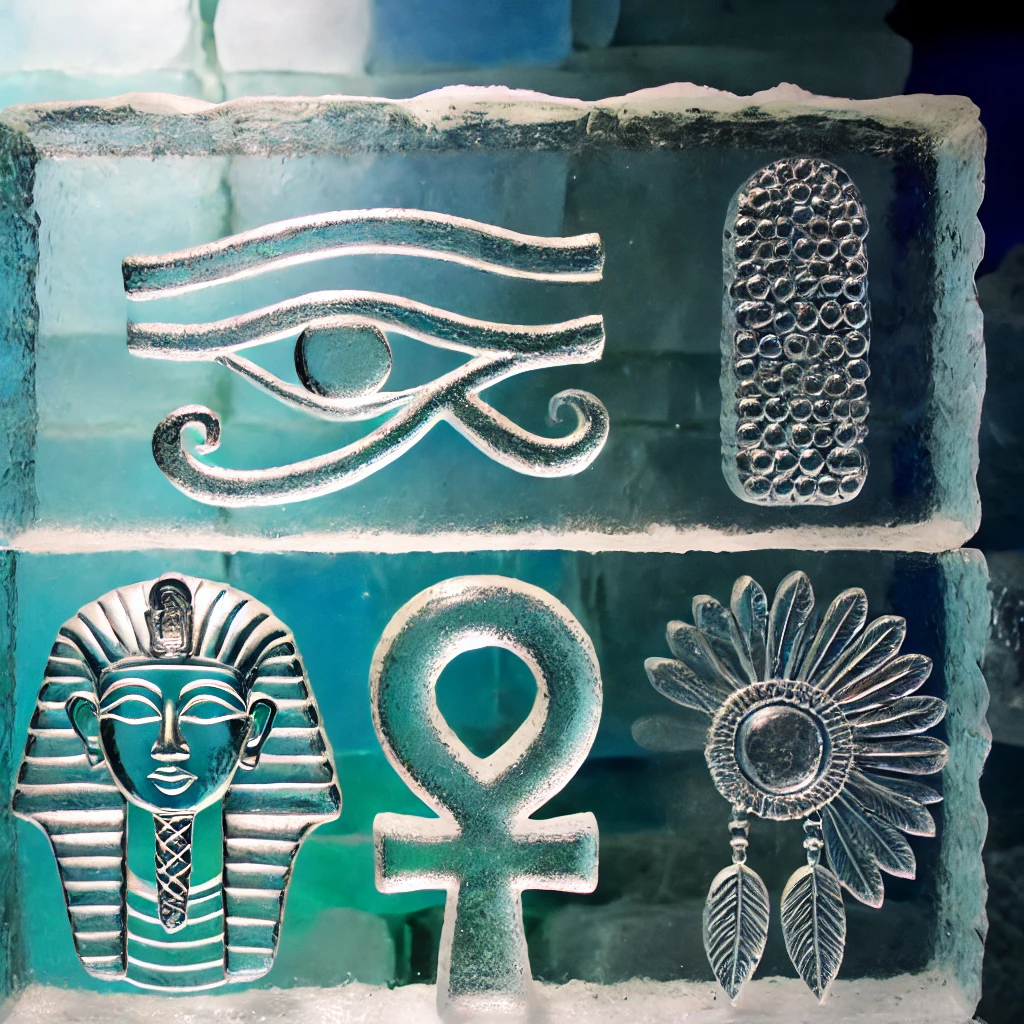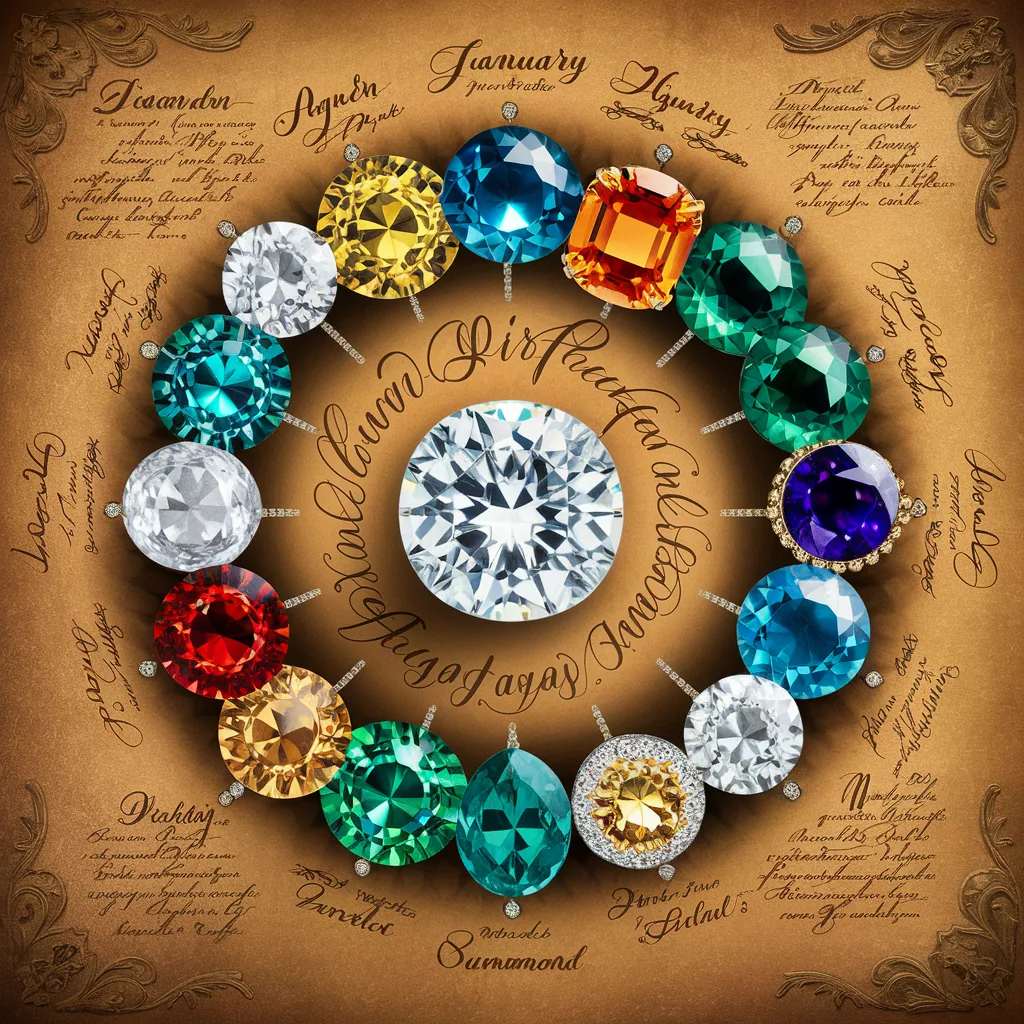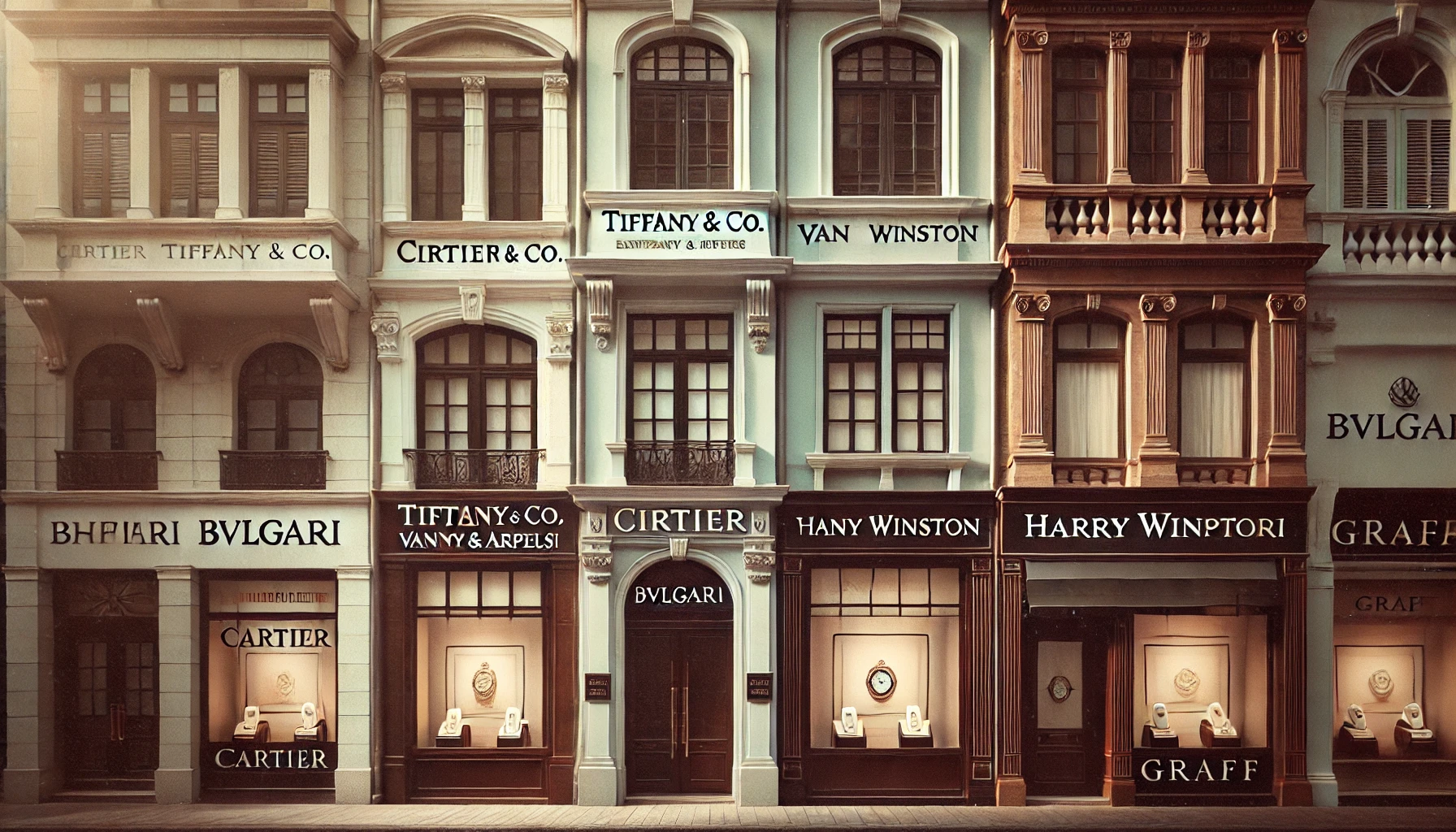
Famous Jewelers in History: The Stories Behind Renowned Designers
Introduction
Jewelry has always held a unique allure, not just for its beauty but for the stories behind its creation. The legacies of jewelers who have shaped history with their exquisite designs offer a fascinating glimpse into the artistry and innovation that define different eras.
The Origins of Jewelry Craftsmanship
Ancient Civilizations
From the earliest civilizations, jewelers have been revered for their craftsmanship and creativity. In Mesopotamia, artisans crafted intricate pieces from gold, silver, and precious stones, setting a standard for luxury and sophistication.
In ancient Egypt, jewelry was not only an adornment but also a symbol of power and religious significance. Pharaohs and nobility adorned themselves with elaborate necklaces, bracelets, and rings, often designed with motifs like the scarab beetle and the ankh, symbolizing life and protection.
Greek and Roman jewelers further advanced the art, incorporating intricate designs and gemstones into their work. They introduced techniques such as granulation and filigree, creating pieces that were both delicate and detailed.
Medieval and Renaissance Jewelers
The medieval period saw the emergence of gothic influences in jewelry, with designs featuring religious symbols and elaborate metalwork. Jewelers of this era created pieces that were both ornamental and functional, often serving as talismans or symbols of faith.
The Renaissance brought a revival of classical themes and an emphasis on artistic expression. Jewelers experimented with new techniques and materials, resulting in pieces that were not only beautiful but also innovative. This period saw the rise of jewelry as an art form, with creations that reflected the cultural and artistic movements of the time.
The Rise of Famous Jewelers
Cartier: The King of Jewelers
Founded in 1847 by Louis-François Cartier in Paris, Cartier quickly became known for its luxurious and innovative designs. The brand's association with royalty and celebrities helped cement its reputation as the "King of Jewelers."
One of Cartier's most iconic creations is the Tutti Frutti necklace, a vibrant piece featuring a mix of colorful gemstones. This design became a hallmark of the brand and showcased Cartier's ability to blend traditional craftsmanship with contemporary style.
"Cartier has stood for high quality, creativity, and beauty since its inception. The pieces crafted by this legendary house are not just jewelry but works of art that tell a story." - Jewelry Historian
Tiffany & Co.: American Elegance
Charles Lewis Tiffany founded Tiffany & Co. in 1837, bringing a new level of elegance and sophistication to American jewelry. The brand became synonymous with luxury, and its signature blue box became a symbol of quality and style.
The Tiffany Diamond, a 128.54-carat yellow diamond, is one of the most famous gemstones in the world. Discovered in South Africa in 1877, it was acquired by Tiffany & Co. and has been a centerpiece of the brand's collection ever since.
"Tiffany & Co. revolutionized the world of jewelry with its emphasis on craftsmanship and design. Each piece is a testament to the brand's commitment to excellence." - Jewelry Expert
Van Cleef & Arpels: The Art of Mystery Setting
Founded in 1896 by Alfred Van Cleef and his father-in-law Salomon Arpels, Van Cleef & Arpels is renowned for its innovative designs and craftsmanship. The brand's Mystery Setting, a technique where prongs are hidden beneath the stones, allows for uninterrupted expanses of gemstones, creating a seamless and dazzling effect.
The Alhambra collection, featuring motifs inspired by the quatrefoil, is one of the brand's most iconic designs. This collection exemplifies the elegance and creativity that Van Cleef & Arpels is known for.
"Van Cleef & Arpels has always been at the forefront of jewelry innovation. Their techniques and designs are unparalleled, making them a true leader in the industry." - Luxury Goods Analyst
Iconic Designers and Their Legacies
Fabergé: The Imperial Jeweler
Peter Carl Fabergé, the mastermind behind the Fabergé eggs, is one of the most celebrated jewelers in history. Commissioned by the Russian Tsars Alexander III and Nicholas II, Fabergé created a series of exquisite jeweled eggs that have become synonymous with opulence and artistic excellence.
The most famous of these creations are the Imperial Fabergé Eggs, which were gifted as Easter presents to the Russian Empresses. Each egg was unique, featuring intricate designs, hidden surprises, and the finest materials.
"Fabergé's work is the epitome of luxury and craftsmanship. His creations are not just jewelry but masterpieces that continue to captivate the world." - Art Historian
Harry Winston: The King of Diamonds
Known as the "King of Diamonds," Harry Winston transformed the jewelry industry with his unparalleled eye for quality and design. Established in 1932, Harry Winston, Inc. quickly gained a reputation for acquiring and designing some of the world's most famous diamonds, including the Hope Diamond.
Winston's innovative approach to jewelry design, focusing on the beauty of the gemstones themselves, set new standards in the industry. His pieces were worn by celebrities and royalty, solidifying his legacy as a master jeweler.
"Harry Winston's legacy is built on his dedication to showcasing the natural beauty of diamonds. His designs are timeless and continue to influence modern jewelry." - Diamond Expert
Bvlgari: Italian Luxury
Founded by Sotirio Bulgari in 1884, Bvlgari is synonymous with Italian luxury and elegance. The brand is renowned for its bold designs, vibrant colors, and exquisite craftsmanship. Bvlgari's use of cabochon stones and its iconic Serpenti collection are just a few examples of its innovative approach to jewelry design.
Bvlgari's connection with Hollywood has further cemented its status as a luxury brand. Iconic actresses like Elizabeth Taylor were often seen wearing Bvlgari pieces, adding to the brand's allure and prestige.
"Bvlgari's designs are a perfect blend of classic and contemporary. The brand's commitment to quality and innovation has made it a leader in the luxury jewelry market." - Fashion Critic
Modern Masters and Contemporary Innovators
David Yurman: Sculptural Elegance
David Yurman revolutionized the jewelry industry with his sculptural designs and innovative use of materials. Founded in 1980, the brand introduced the iconic cable bracelet, which became an instant classic and remains a staple in the collection.
Yurman's approach to jewelry design, blending artistry with craftsmanship, has made his pieces highly sought after. His work continues to influence modern jewelry trends and inspires new generations of designers.
"David Yurman's designs are a testament to his artistic vision and craftsmanship. The cable bracelet, in particular, has become a symbol of timeless elegance." - Jewelry Designer
Lorraine Schwartz: Hollywood’s Go-To Jeweler
Lorraine Schwartz is a contemporary jeweler known for her bold designs and high-profile clientele. Her pieces have graced the red carpets of major events, worn by celebrities such as Beyoncé, Kim Kardashian, and Angelina Jolie.
Schwartz's designs are characterized by their use of rare and colorful gemstones, as well as innovative settings. Her influence on Hollywood and the fashion world has made her one of the most sought-after jewelers today.
"Lorraine Schwartz's ability to create stunning, statement-making pieces has made her a favorite among celebrities. Her work is both innovative and glamorous." - Celebrity Stylist
Joel Arthur Rosenthal (JAR): The Mysterious Artisan
Joel Arthur Rosenthal, known as JAR, is one of the most enigmatic and celebrated jewelers of the modern era. Based in Paris, JAR is renowned for his intricate designs and meticulous craftsmanship. His pieces are often unique, featuring unusual color combinations and intricate detailing.
JAR's work is highly coveted, with his creations appearing in major museums and commanding high prices at auctions. Despite his fame, JAR remains a private and elusive figure, adding to the mystique of his brand.
"JAR's jewelry is unlike anything else in the world. His attention to detail and innovative use of materials make each piece a work of art." - Museum Curator
The Influence of Culture and Fashion on Jewelry Design
Cultural Inspirations
Jewelry design is deeply influenced by the cultural heritage and traditions of different regions. Eastern motifs, such as lotus flowers and dragons, often feature prominently in Asian jewelry, symbolizing purity and power.
African tribal influences, with their bold patterns and use of natural materials, have also made a significant impact on contemporary jewelry design. These cultural inspirations add a rich layer of meaning and history to the pieces.
"Jewelry is a reflection of cultural identity and heritage. Designers draw from these influences to create pieces that are not only beautiful but also meaningful." - Cultural Anthropologist
Fashion Trends
The intersection of fashion and jewelry has given rise to some of the most iconic trends in history. The Art Deco movement of the 1920s and 1930s, characterized by geometric shapes and bold colors, had a profound impact on jewelry design.
In contemporary times, trends such as minimalist designs and sustainable materials are shaping the industry. Jewelry continues to evolve, influenced by changes in fashion, technology, and consumer preferences.
"Fashion and jewelry are intrinsically linked, each influencing the other. The trends we see on the runways often find their way into the jewelry world, creating a dynamic and ever-evolving industry." - Fashion Editor
The Evolution of Jewelry Techniques
Traditional Techniques
Jewelry making has evolved significantly over the centuries, with many traditional techniques still in use today. Handcrafting remains a fundamental aspect of jewelry design, requiring immense skill and precision.
Lost-Wax Casting: This ancient technique, used since the time of Mesopotamia, involves creating a wax model of the desired piece, which is then encased in a mold. Once the mold is heated, the wax melts away, leaving a cavity that is filled with molten metal. This method allows for intricate and detailed designs.
Enameling: Enameling involves fusing powdered glass to metal, creating a colorful and durable surface. This technique has been used for centuries to add vibrant hues to jewelry, with cloisonné and champlevé being two popular methods.
"Traditional techniques like lost-wax casting and enameling are the backbone of jewelry making, allowing artisans to create detailed and colorful pieces that stand the test of time." - Jewelry Historian
Modern Innovations
With the advent of technology, modern innovations have transformed jewelry design and production. These advancements have opened up new possibilities for creativity and precision.
CAD (Computer-Aided Design): CAD software enables designers to create detailed 3D models of their jewelry designs, allowing for precise modifications and experimentation before the piece is manufactured. This technology has revolutionized the design process, making it more efficient and accurate.
3D Printing in Jewelry: 3D printing allows for the creation of intricate and complex designs that would be difficult to achieve with traditional methods. This technology can produce prototypes quickly and at a lower cost, enabling designers to experiment with new ideas and concepts.
"Modern technologies like CAD and 3D printing have transformed the jewelry industry, making it possible to create intricate designs with unprecedented precision." - Technology Expert
The Role of Jewelry in Society
Symbolism and Status
Throughout history, jewelry has served as a symbol of wealth, power, and status. Royal regalia, adorned with precious gemstones and intricate designs, has long been used to signify authority and prestige.
Royal Regalia: Crowns, scepters, and ceremonial jewelry have been worn by royalty for centuries, often featuring rare and valuable gemstones. These pieces are not only symbols of power but also serve as historical artifacts that reflect the culture and values of their time.
Diplomatic Gifts: Jewelry has also played a role in diplomacy, with elaborate pieces given as gifts to strengthen alliances and show respect. These gifts often featured symbols and motifs significant to both cultures, fostering mutual appreciation and understanding.
"Jewelry has always been a powerful symbol of status and authority, used by rulers and diplomats to convey wealth and respect." - Cultural Historian
Personal Expression
In addition to its symbolic significance, jewelry is a form of personal expression, allowing individuals to showcase their unique style and personality.
Custom Designs: Custom jewelry offers a way for people to create pieces that reflect their personal tastes and experiences. From engagement rings to commemorative pieces, custom designs hold special meaning for the wearer.
Statement Pieces: Bold and eye-catching jewelry pieces are often used to make a statement, whether it’s to showcase creativity, commemorate a milestone, or simply stand out. These pieces are conversation starters and can convey a strong sense of individuality.
"Jewelry is a deeply personal form of expression, allowing individuals to celebrate their identity and mark important moments in their lives." - Jewelry Designer
Conclusion
Jewelry has a rich and fascinating history, shaped by the vision and craftsmanship of renowned designers. From ancient civilizations to modern innovators, these jewelers have created timeless pieces that continue to captivate and inspire.
The stories behind these designers reveal a deep connection to culture, artistry, and innovation. Their legacies endure, influencing contemporary jewelry trends and ensuring that the art of jewelry making remains vibrant and dynamic.
As we look to the future, the evolution of techniques and the integration of new technologies promise to keep pushing the boundaries of creativity and craftsmanship in jewelry design.
"The enduring legacy of renowned jewelers is a testament to the timeless appeal of their creations. Their work continues to inspire and set the standard for excellence in the jewelry industry." - Industry Expert


